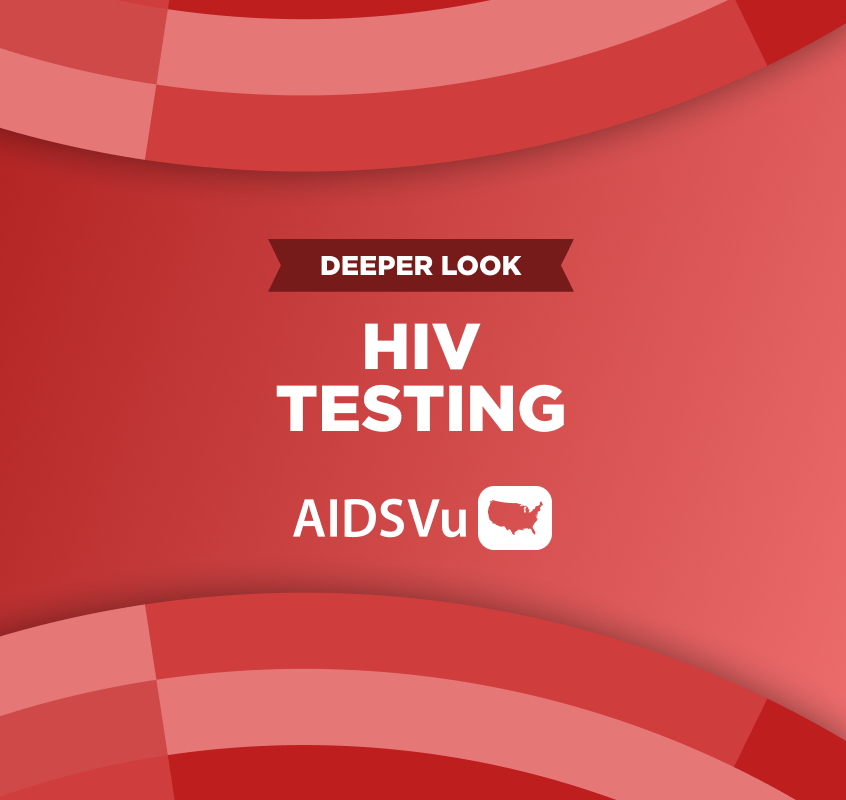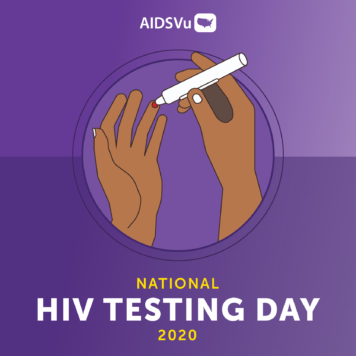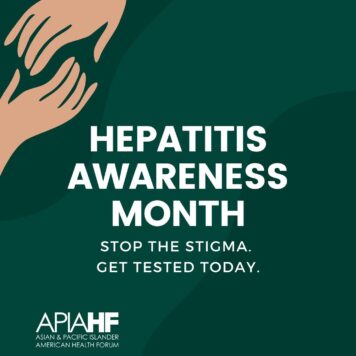Susan Reif, PhD, is a Research Associate in the Global Health Institute at Duke University.
Q: Your research so far has been focused on HIV in the South, particularly on trauma from HIV-related stigma and its impact on health outcomes. What led you to this focus?
My initial interest in HIV started as a social worker. When I was getting my master’s degree in social work, I started in pediatric HIV work at Duke and subsequently worked as a social worker in HIV at Chapel Hill. Our center, the Center for Health Policy & Inequalities Research at Duke University, has a long history of research and projects related to HIV. The Center became even more integrally involved in HIV in the South when we worked in collaboration with the Southern AIDS Coalition to develop the Southern States Manifesto, detailing the disproportionate impact of HIV in the South. Since then, we have led the research aspect of the Southern HIV/AIDS Strategy Initiative (SASI), a research and advocacy partnership with the Duke Law School focused on HIV in the Deep South.
We really wanted to highlight the epidemic in the Deep South region and examined the factors that predispose the South and Deep South to the disproportionate impact of HIV. We researched the region’s infrastructures, particularly Deep South metropolitan areas, to figure out how their existing HIV prevention and care infrastructures affected their ability to address HIV. We found that stigma is still a substantial driver of HIV and is intertwined with mental health, substance use, and trauma, which are all also significant drivers of the HIV epidemic in the region. These factors may influence treatment participation and uptake of pre-exposure prophylaxis (PrEP). Trauma is a significant concern in many communities we work in for a multitude of reasons, such as structural racism, LGBTQ-related stigma, and poverty—there are so many intersectional stigmas that individuals may have to contend with .
The work on how to effectively address HIV in the South/Deep South continues to evolve. One positive thing out of the research over the years is that it’s no longer a question of whether or not HIV is a concern in the South, but rather a question of what we can do about it.
Q: Your study, “The relationship between social support and experienced and internalized HIV-related stigma among people living with HIV in the Deep South,” published in Stigma and Health, explored social support and HIV-related stigma on health outcomes by surveying people living with HIV in the South. Can you describe the highlights from your study? Which communities are affected the most by this issue?
We documented high levels of stigma-related experiences, perceptions, and internalization among a significant proportion of folks that participated in the survey. We wanted to find out which resilience or protective factors, such as social support, can reduce the internalization of stigma. In other words, we wanted to understand what was different about the individuals who had less internalization of stigma despite recent stigmatizing experiences.
In order to address this question, we started with the folks who had a recent stigmatizing experience. Out of those individuals, we saw that folks who reported a higher internalization of stigma were more likely to have less social support. The study suggests that for people experiencing these stigmatizing situations, having social support at some level helped to protect them from internalizing the HIV-related stigma.
Q: The article mentions the HIV Stigma Scale – could you explain the scale and how it measures HIV-related stigma, especially internalized stigma?
The HIV Stigma Scale is one of many different scales used to measure stigma. It’s one of the most widely used, also known as the Berger HSS (HIV Stigma Scale). Some researchers like it, and some don’t. It has 40 items to measure stigma and is broken down into four subscales of stigma– personalized stigma, disclosure concerns, concerns with public attitudes, and negative self-image.
It includes questions to understand the internalization of stigma. Is it the best thing we could have to measure stigma in the populations we are working with? Probably not. More work needs be done to make the scale as culturally sensitive and effective as possible for all the different groups we’re using it with. But in this study, I feel that it has been useful to support our predictions of the different levels of internalized stigma.
Q: You emphasize the “critical need for effective interventions that build and enhance social support and address internalized HIV-related stigma among individuals living with HIV in the U.S. Deep South.” In your expertise, which public health interventions are necessary to reduce stigma and improve health outcomes of those living with HIV in the area?
There should be a multifaceted approach because we must address stigma at an individual level and at the community level. At the community level, it can be public education programs involving credible community leaders, such as faith organizations, that directly deal with stigma.
At the individual level, we need to have opportunities for people living with HIV to build a support network. There are different ways that that can be done. We recently finished a study examining stigma-related programming at community-based organizations and they are using different options such as support groups and stigma education. One of the interventions that we’re doing as part of COMPASS was adapted from an evidence-based intervention called the Younity Workshop. It’s a group-level intervention that brings people together to provide education around stigma and teach people healthy coping skills to create ongoing, accessible support. Since COVID-19, we have shifted to virtually implementing this program.
Positive social support and opportunities, whether that’s at the individual or group level, can help people feel less isolated. We’ve seen that at our substance use treatment programs for people living with HIV – they talk as much about HIV as they do about substance use because it’s really HIV that is driving a lot of the shame and the stigma affecting mental health and substance use problems. The region needs a multi-pronged approach with more evidence-based interventions to address stigma.
If we don’t have these programs, we’re just going to continue to see barriers in getting to zero. It’s not just about having available PrEP, testing, or medical care. If folks feel the stigma, shame, and negative emotions in accessing these services, they’re not going to go. We must address these factors. I think COVID-19 has only highlighted the harmful effects of social isolation, making programs like the virtual Younity Workshop program so important.
Q: August 20 is Southern HIV/AIDS Awareness Day, an opportunity to raise awareness about the HIV epidemic in the South and how it affects the physical, mental, and emotional health of individuals living with HIV in the region. What message do you have for the wider community on this day?
It’s important to continue the focus on HIV in the South, which is now the center of the HIV epidemic in the U.S. We have come a long way since getting the attention of policymakers and funders, both private and public, on the severity of the issue. We must continue to focus on the social issues that drive the epidemic in the region and develop a multifaceted approach to addressing intersectional stigma. I would like to see the creation of a Southern task force comprised of federal and local stakeholders – including the key players that are already doing great work in the area, to work on the development and implementation of a unified approach to addressing HIV in the Deep South.
One of the positive things we saw in our trends report is that while the Deep South region still has the highest new HIV diagnosis and mortality rates, our death rates are declining because people living with HIV are living longer lives. We’re not without hope. Interventions currently implemented in the region are working and we just need to continue in that vein to be more coordinated and targeted to see continued and even accelerated reductions in our HIV diagnoses and death rates.




